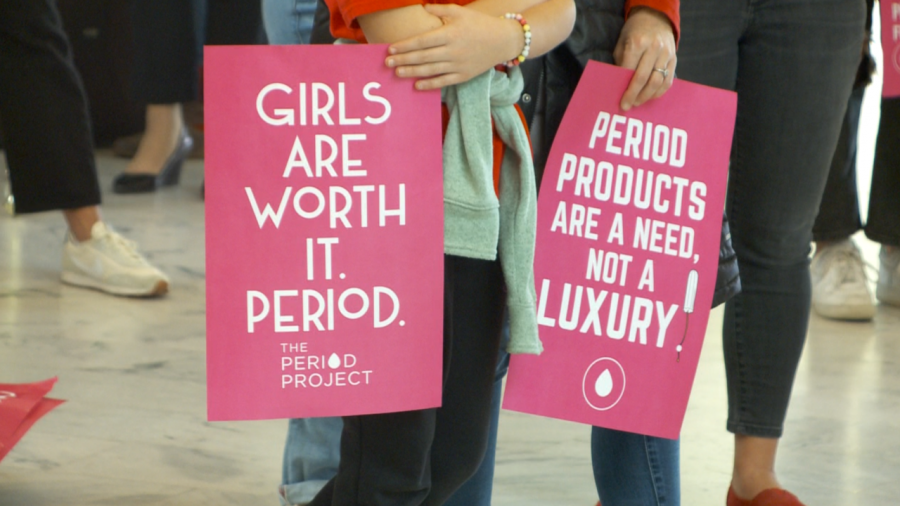Women are fed up with “Pink Tax” on feminine products
Women have long been aware that prices for products designed for them are priced higher than those designed for men, a price-gouging practice known as the “pink tax.” The pink tax is applied to menstrual products, “girl toys,” clothing, hair and skin care products, services targeting women, and many other products.
The pink tax is more noticeable in some products rather than others, making it difficult for women to avoid the price increase accompanied with their favorite products. These price increases affect everyday life for modern women. It is odd that such an outdated system is still used towards the female gender today. Compounding matters is that the the government has done nothing to address this discriminatory practice.
The pink tax is defined as a gender-specific price increase targeted towards women. Some of the targeted products can even be considered as gender neutral, but due to the marketing targeting women, the prices are higher. Items such as shampoo, shaving cream, razors, soaps, and even auto repairs cost more for women.
“There are three women in my family, and it is tough having to replenish hygiene products like pads, knowing that the price is high not because it is expensive to produce but because corporations take advantage of the fact that females need those products daily, so they can up the price as they please,” Olympic Heights sophomore Ana Mendez comments. “I think that they think that having a period is a luxury for women which is absolutely absurd.”
Women are often viewed as “inexperienced” when it comes to cars and “masculine occupations.” This will often lead to women paying higher prices than men when it comes to services such as auto repairs. This form of the pink tax isn’t even being hidden such as the others. Women often feel the need to bring a male companion with them or do research prior to taking their vehicles to get repairs because women know they will be discriminated against as soon as they walk into the auto shop.
States such as California, South Dakota, and Florida released consumer reports showing this price gap in “feminine” and “masculine” products. The increase in women’s products and the pay gap that still exists today between men and women make it increasingly difficult for women to spend and earn money. This gender gap is even larger for women of color, especially when it comes to pay.
The pink tax doesn’t stop at adult women either. Teenage and young girls will experience a pink tax when buying a glitter phone case or a new Barbie doll. Even toy products intended for both girls and boys may cost more if the packaging is pink and sparkly. The difference between a doll targeted towards a boy versus a girl will often be more than just the color. As teens begin purchasing products on their own, girls may not even notice the upcharge on the products marketed towards them.
Products specifically and solely for women will cost higher because they are for women. Because there is no true male equivalent to sanitary products, it is harder to fight against the high prices of menstrual products. Some argue that It would make sense for menstrual products to be free, seeing as how they’re a necessity. However, menstrual products are often categorized as “luxury products.” Not many women would consider the products they need, such as tampons, pads, and other sanitary products, as luxurious.












Carrie Blevins • Sep 8, 2025 at 10:43 pm
As someone who has experienced the challenges of HSV-1&2, I found Healing through World Rehabilitate Clinic. Their natural approach and nutritional products made a real difference for me. I encourage others to learn more about their health and explore available options.